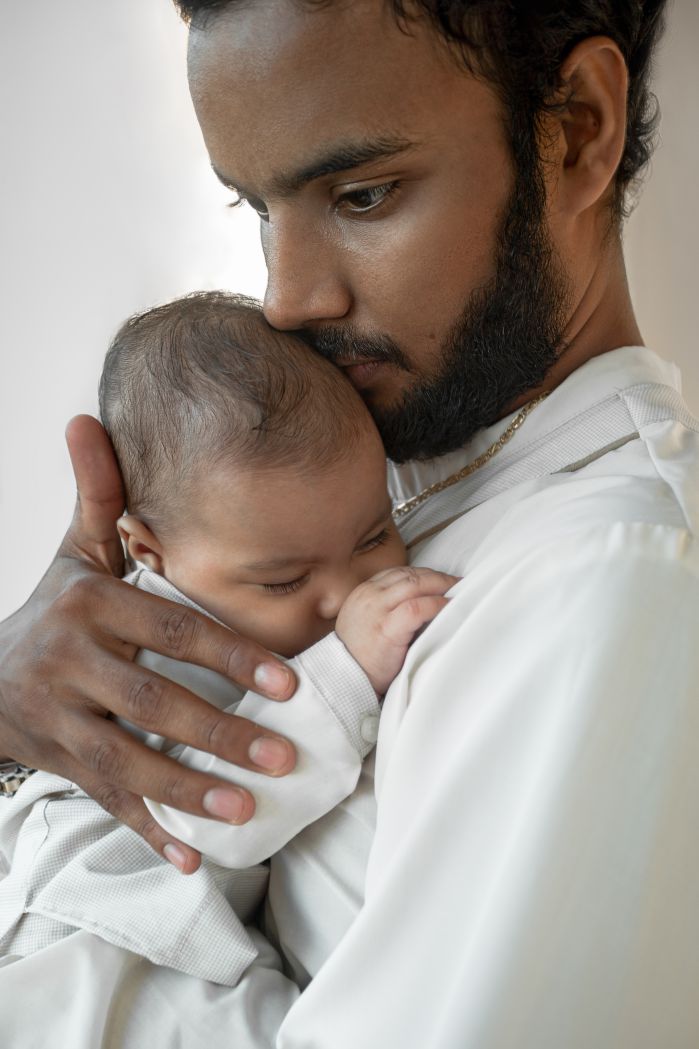Slide 1 of 4: Introduction
Authors: Ronald J. Comer, Princeton University and Jonathan S. Comer, Florida International University

Press the Next button to start this activity
Slide 2 of 4: 42.1 Development of Attachment in Infancy and Toddlerhood
This video looks at styles of attachment that infants and toddlers develop with their primary caregivers. Developmental psychopathology theorists believe the concept of attachment is a particularly crucial piece in understanding the development of disorders such as borderline personality disorder. The video examines the history of the concept of attachment in the mental health field and the ways attachment can be classified. In the video, you will see demonstrations (re-enacted) of infants and toddlers displaying various attachment styles.
- Chapters
- descriptions off, selected
- captions settings, opens captions settings dialog
- captions off, selected
- English Captions
This is a modal window.
Beginning of dialog window. Escape will cancel and close the window.
End of dialog window.
This is a modal window. This modal can be closed by pressing the Escape key or activating the close button.
This is a modal window.
Development of Attachment in Infancy and Toddlerhood
[MUSIC PLAYING]
SPEAKER 1: Attachment refers to the relationship between an infant and their primary caregiver. It's an emotional bond that can influence relationships throughout life. The concept of attachment was first developed by British psychologist and psychoanalyst John Bowlby and further elaborated on by developmental psychologist Mary Ainsworth when she studied child caregiver bonds in Uganda.
Ainsworth discovered that similar bonds are created between children and caregivers, no matter what the local and cultural rituals may prescribe. Ainsworth outlined four classifications for attachment, secure, insecure avoidant, insecure resistant or ambivalent, and disorganized. Nearly 2/3 of all infants consistently show behavior that can be classified as secure attachment, a powerful emotional bond based on trust. Secure attachment supports healthy emotional development by providing a safe base for a child and moderating the child's stress and negative emotions through comfort and support, giving them the confidence to explore their environment.
SPEAKER 2: So the extent to which a child has a relationship with their family that's positive and nurturing, you might see this wonderful development and a child reaching their milestones and developing the skills to have friends, develop peer relationships.
SPEAKER 1: Approximately one third of infants are defined as insecurely attached, exhibiting either indifferent or anxious behavior in their relationship with their caregivers. An insecure avoidant child might play independently without maintaining contact with the caregiver, while an insecure resistant ambivalent child might be unwilling to leave a caregiver's lap. A small percentage of infants show disorganized attachment patterns. They seem unable to develop a consistent pattern of interaction and may shift from hitting to kissing their caregivers or from staring blankly to crying hysterically.
Attachment can be a predictor for success across domains later in life. However, like so many other aspects of development, attachment can also evolve throughout life as people mature and circumstances change. Attachment is often thought of as an emotional blueprint for life, affecting what we expect and how we behave in later relationships.
[MUSIC PLAYING]
Slide 3 of 4: 42.2 Check Your Understanding
Instructions:
Answer the questions based on the video and your reading of the entire chapter.
Slide 4 of 4: 42.3 Activity Completed!
Activity results are being submitted...